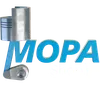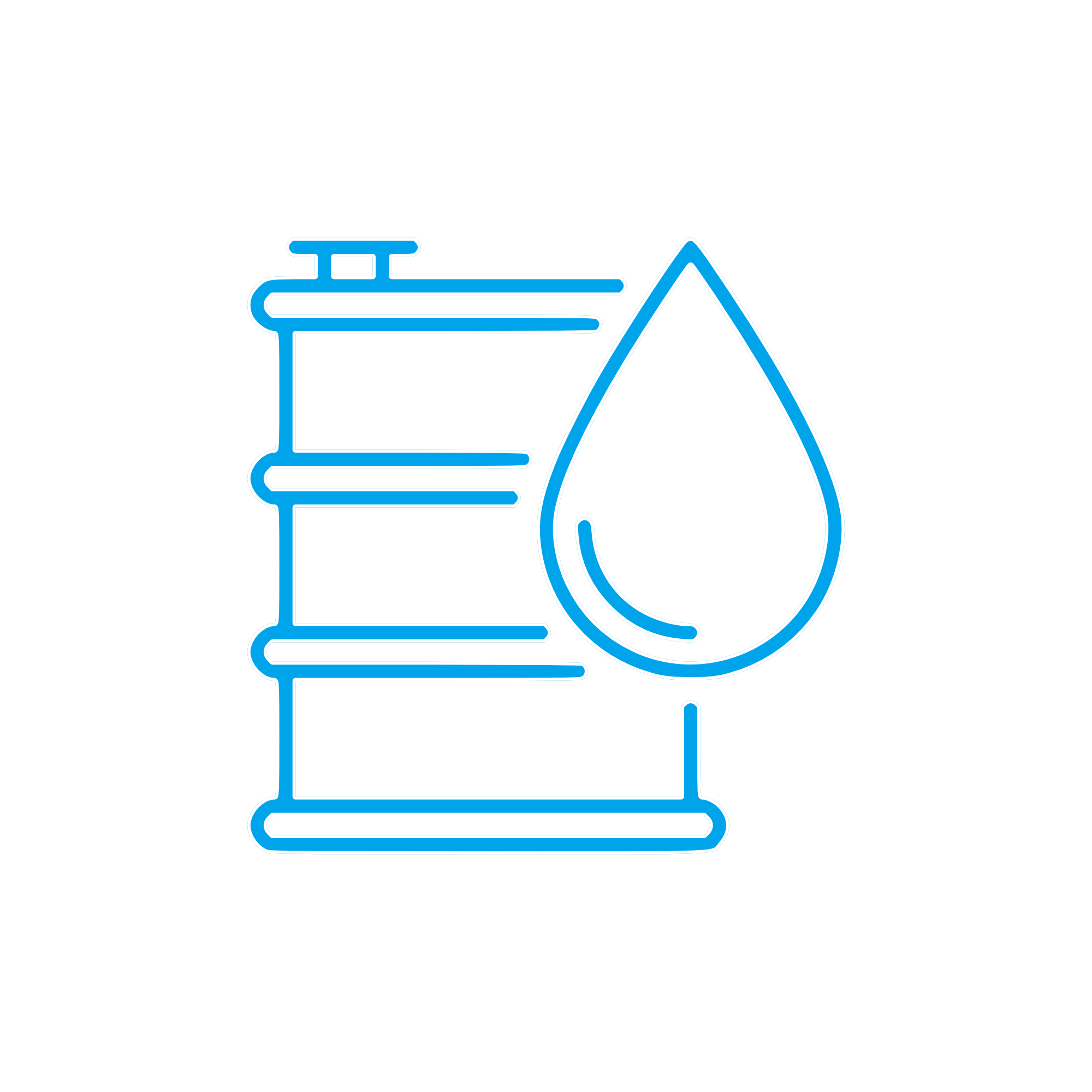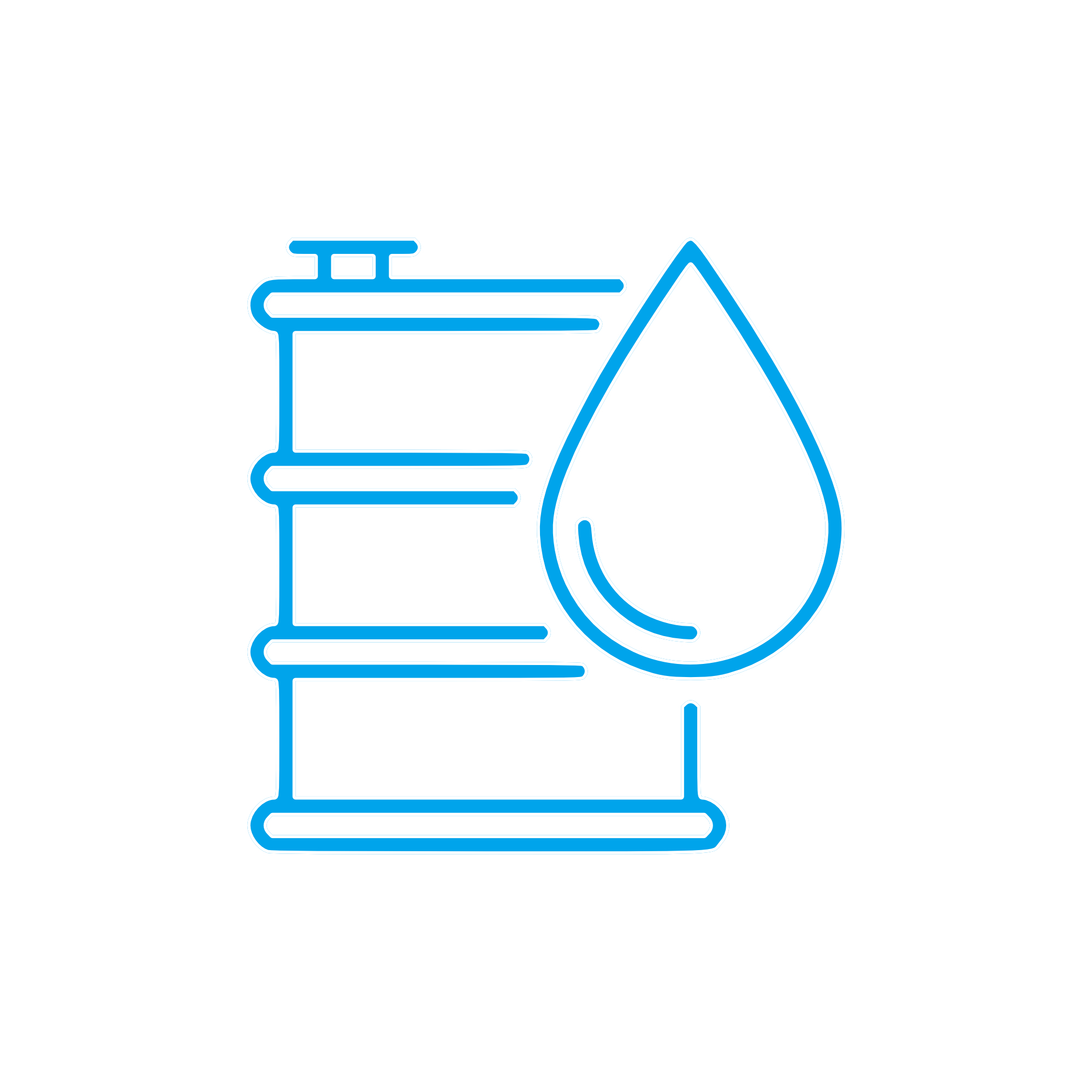ENGINE OIL, Liquids, Chemicals and Adhesives for Professional Engine Reliability
Liquids, chemicals and adhesives are functional “components” that make engines run cleanly, safely and efficiently. From ENGINE OIL and coolant to cleaners, corrosion inhibitors, threadlockers and gasket makers, this category covers all service media and bonding compounds that protect moving parts, seal interfaces, control heat, and stabilize assemblies. In heavy-duty diesel and gas engines—on land and at sea—these substances are as decisive for uptime and lifecycle cost as any mechanical part.
While often consumable, they are engineered products with specific performance envelopes: viscosity profiles, additive chemistries, curing mechanisms, and compatibility with metals, elastomers and coatings. Selecting the right combination and keeping them in specification ensures low friction, controlled wear, predictable heat transfer, leak-free operation, and stable fasteners, even under shock loads typical for a marine engine or a high-output diesel engine.
Technical function: Liquids, Chemicals and Adhesives with ENGINE OIL in marine engine and diesel engine applications
ENGINE OIL creates a hydrodynamic film that separates journals, bearings and cam lobes, minimizing metal-to-metal contact and friction. In a diesel engine, the oil’s viscosity index and high-temperature high-shear (HTHS) stability secure film strength at load, while detergents and dispersants keep soot and varnish in suspension to prevent deposits. Anti-wear additives (e.g., ZDDP), antioxidants and corrosion inhibitors protect surfaces and extend oil life. In a marine engine operating on distillate or gas, tailored ash levels and base number (TBN) address fuel characteristics and neutralize acids to safeguard liners and rings. For gas engines, low-ash formulations reduce pre-chamber deposits and protect catalytic aftertreatment.
Beyond lubrication, liquids and chemicals enable core functions. Engine coolants transfer heat, prevent liner cavitation through proper inhibitor packages (e.g., nitrite, molybdate), and stabilize pH to avoid corrosion. Fuel-system cleaners and cetane improvers optimize injection quality and combustion efficiency. Degreasers and flushing agents remove sludge, lacquer and carbon from galleries to restore flow. Anti-corrosion coatings protect exposed surfaces during lay-up. Adhesives and sealants—such as anaerobic threadlockers, flange sealants, RTV silicone gasket makers and retaining compounds—secure fasteners, prevent micro-movement, and seal oil, coolant and charge-air paths under thermal cycling.
ENGINE OIL interacts directly with filtration and circulation hardware. Proper filtration efficiency (beta ratio) and micron ratings ensure contaminants are held below damaging thresholds. Oil pumps rely on the fluid’s viscosity window to maintain pressure without cavitation. The right liquids, chemicals and adhesives therefore connect with OEM parts tolerances, surface finishes and elastomer choices—making compatibility essential for durability.
Key characteristics and advantages of Liquids, Chemicals and Adhesives
· Stable viscosity and HTHS for bearing and cam protection.
· Additive systems for detergency, anti-wear and oxidation control.
· Coolant inhibitor packages to prevent cavitation and corrosion.
· Adhesives that resist heat, vibration and oil/coolant exposure.
· Cleaners and flushing agents to restore flow and reduce deposits.
· Material compatibility with seals, gaskets and coatings.
· Support for ENGINE OIL cleanliness through effective filtration.
· Chemistry tailored for marine engine and diesel engine duty cycles.
Importance for engine operation: reliability and service life
When ENGINE OIL degrades or is contaminated, the lubrication regime collapses. The result can be accelerated bearing wear, cam scuffing, turbocharger coking, stuck piston rings, and increased oil consumption. Insufficient TBN in engines exposed to acidic blow-by leads to corrosive wear on liners and bearings; excessive ash can increase deposits and pre-ignition risk in gas engines. Poor coolant quality triggers liner pitting from cavitation, overheats, soft-solder attack, and scaling that strangles heat transfer. If adhesives or sealants are misapplied or chemically incompatible, micro-leaks emerge, bolts loosen under vibration, and air or fluid ingress drives oxidation, misfires, or loss of lubrication pressure.
Conversely, correctly specified liquids, chemicals and adhesives stabilize thermal balance, reduce parasitic losses, and keep injection timing and compression consistent. Routine oil analysis (viscosity at 40/100°C, oxidation/nitration, TAN/TBN, PQ index, water and fuel dilution) and coolant testing (inhibitor concentration, pH, glycol content) make hidden trends visible and allow interventions before damage occurs. The right products ensure predictable operation during long intervals between port calls or planned outages—key for shipowners and plant operators aiming for high availability and controlled cost per running hour.
Advantages of OEM spare parts suitable for Liquids, Chemicals and Adhesives and ENGINE OIL
Liquids, chemicals and adhesives perform best when the surrounding hardware is built and maintained within design envelopes. OEM spare parts suitable for this category are engineered for material and dimensional compatibility with ENGINE OIL, coolants and sealants. That includes elastomer selection (e.g., FKM, HNBR) for seal lips, gasket materials with proven swell behavior in PAO/ester oils, filter media with certified efficiency, pump components with the correct clearances, and thermostats and valves calibrated to the engine’s thermal map.
Using OEM parts preserves the intended surface finishes and tolerances that allow lubricants to form stable films, prevents adhesive-starved joints due to incorrect gaps, and ensures inhibitor-friendly alloys in coolers and housings. It also supports consistent oil cleanliness targets (ISO codes), protects aftertreatment by maintaining low-ash pathways, and avoids cross-chemistry problems between sealants and fluids. For procurement and maintenance teams, this translates into tangible benefits:
· Performance: Fluids and adhesives reach their designed effectiveness in precisely matched hardware.
· Reliability: Lower risk of leaks, aeration, hot spots and fastener loosening.
· Budget: Fewer unplanned stoppages, longer service intervals, optimized total cost of ownership.
· Service life: Reduced wear, controlled deposits, and sustained efficiency across engine overhauls.
In short, pairing ENGINE OIL and related chemicals with OEM parts maintains the engine’s baseline performance curve and protects capital assets across marine engine and land-based diesel engine fleets.
MOPA as your partner for OEM parts and ENGINE OIL–compatible solutions
MOPA is an experienced and reliable partner for OEM spare parts in the category of liquids, chemicals and adhesives. We move quickly, with proven quality processes and secure, transparent trade of OEM parts for diesel and gas engines. Our team supports purchasers and technical decision-makers with cross-referencing, documentation and material compatibility guidance so that ENGINE OIL, coolant, sealants and adhesives perform as specified in demanding marine engine and power generation environments.
With responsive logistics, vetted suppliers and rigorous checks, MOPA helps you minimize downtime and risk while maintaining compliance with engine maker specifications. From filters, seals and coolers to gaskets, pumps and fastener solutions, we align the right OEM parts to the right fluids and adhesives—safeguarding performance and uptime.
Conclusion: Liquids, Chemicals and Adhesives with ENGINE OIL at the core
Liquids, chemicals and adhesives—anchored by ENGINE OIL—are indispensable to engine performance, safety and longevity. When paired with OEM spare parts suitable for this category, these products deliver stable operation, controlled costs and reliable power in diesel and marine engine fleets.
Choose the right chemistries and compatible OEM parts to protect your assets, extend service life and keep your engine portfolio running at peak efficiency.



